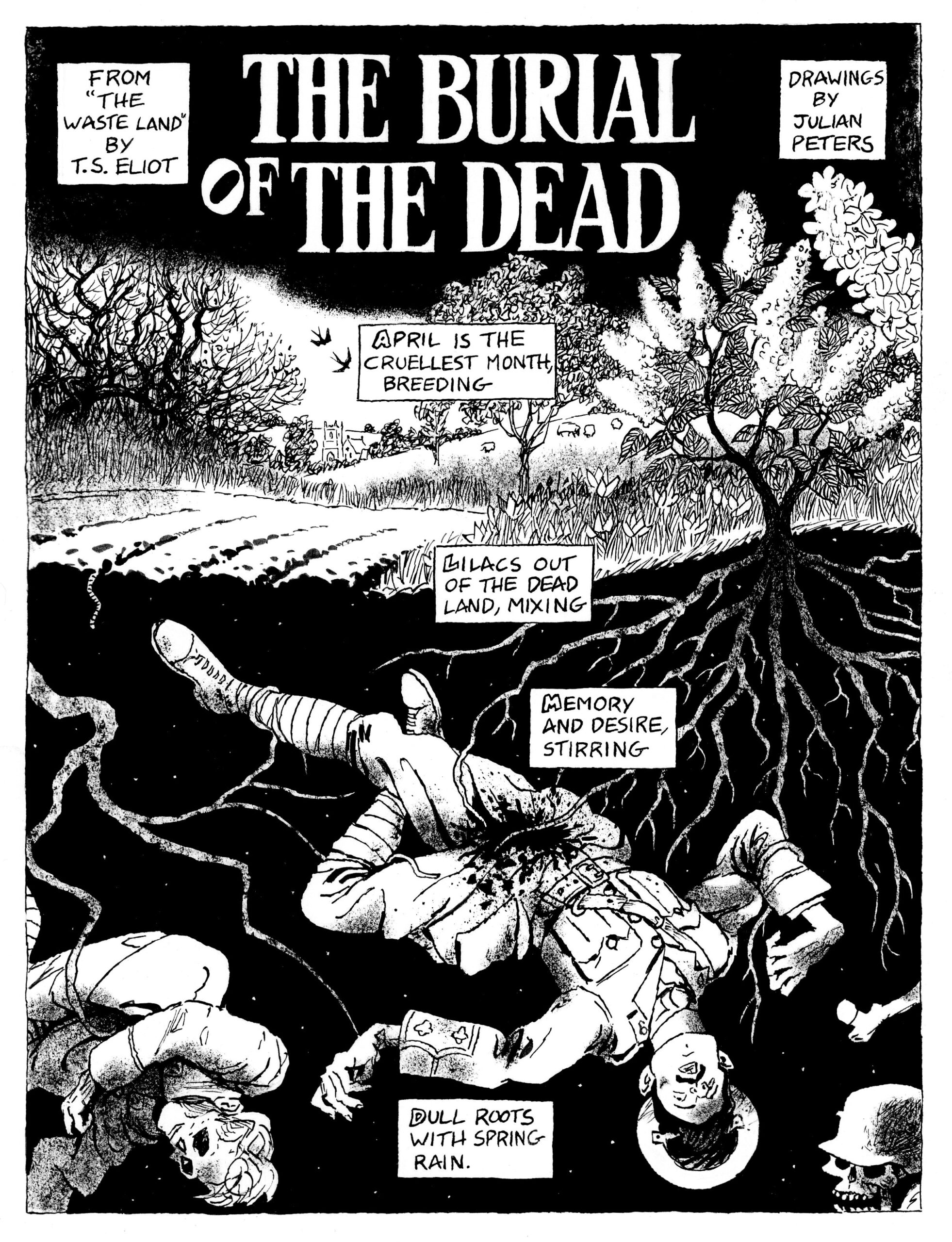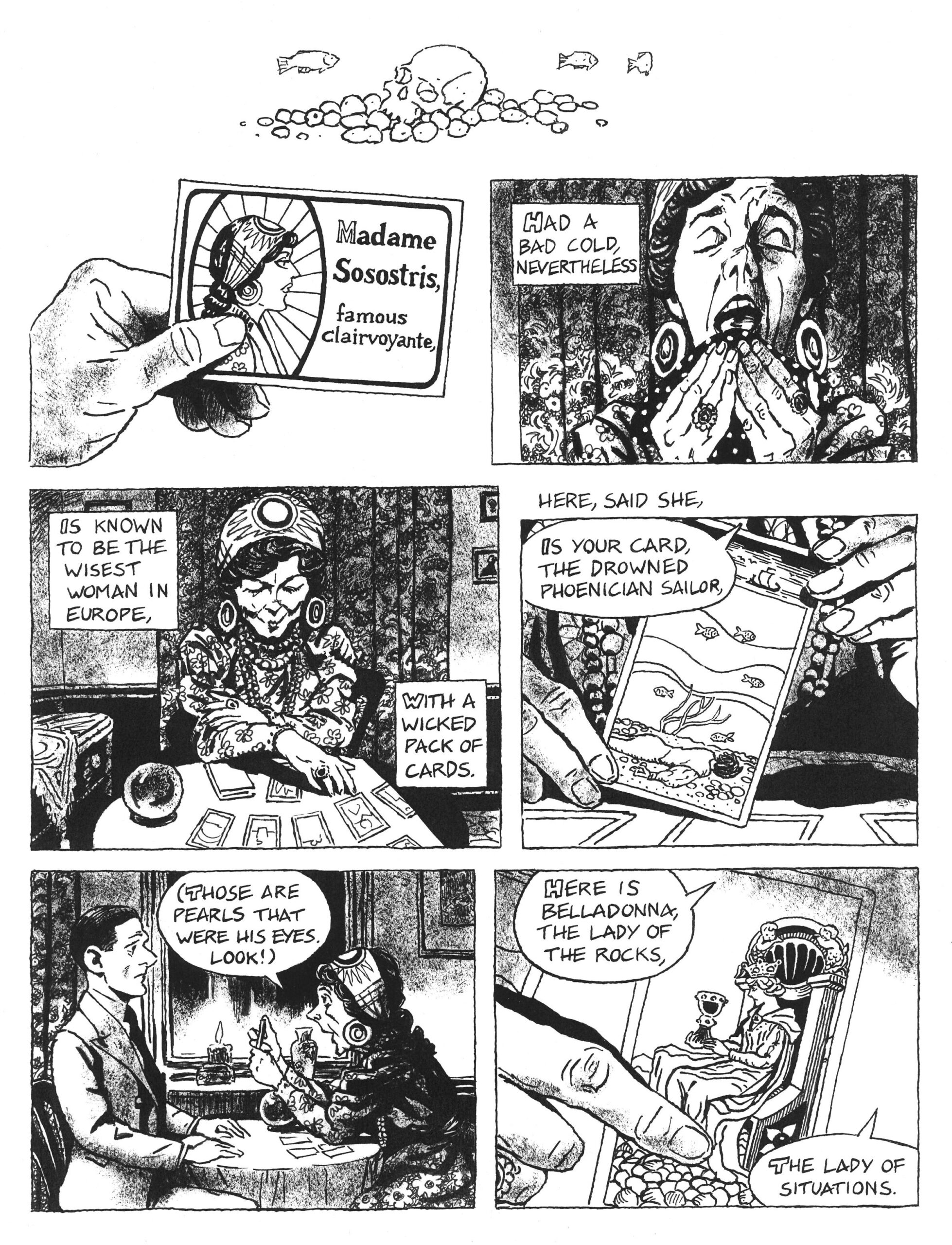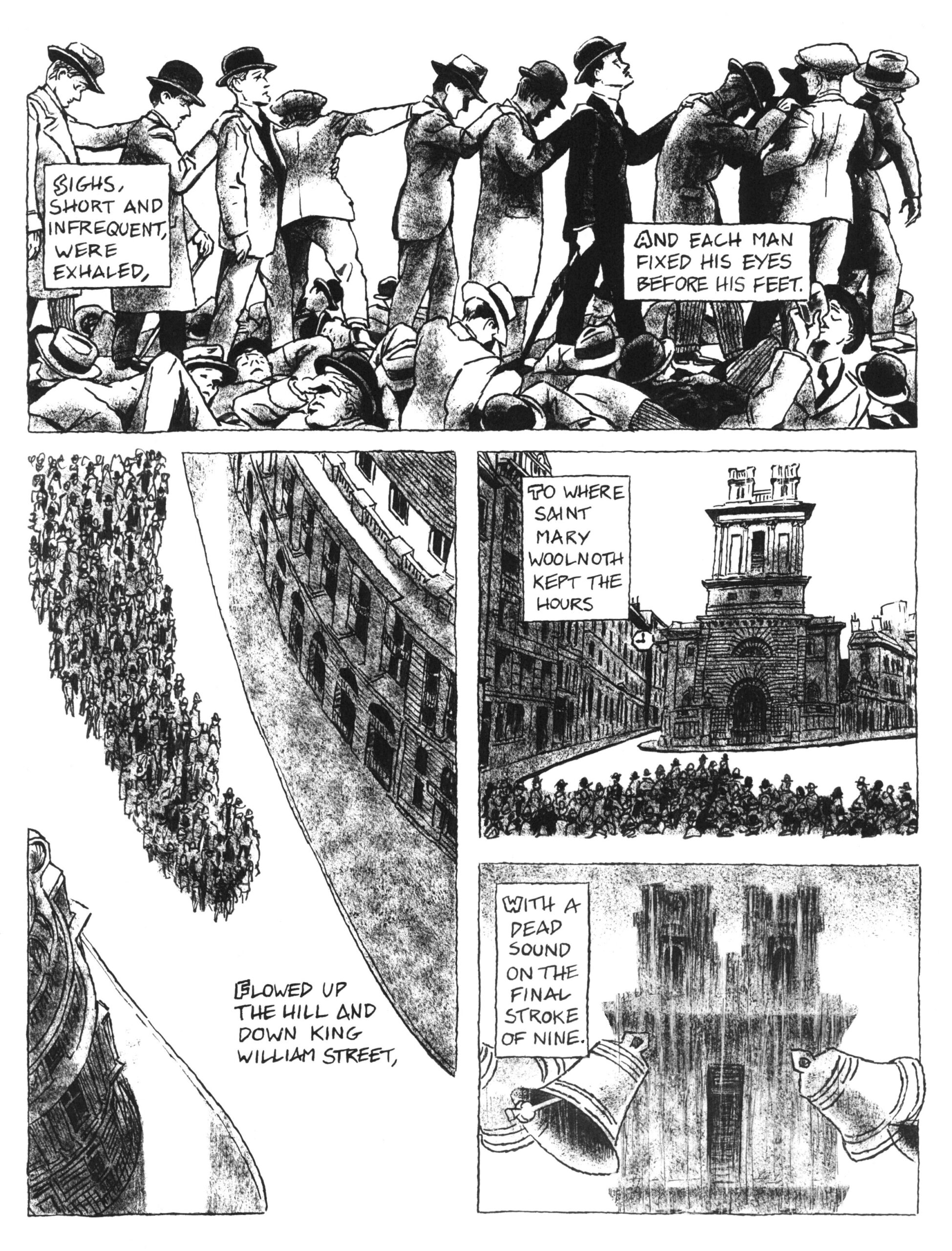[Most Recent Entries] [Calendar View]
Tuesday, October 8th, 2024
- In 2019, we posted a video in which Lynch explains both the Unified Field Theory and Transcendental Meditation. There are at least two major sequences that Twin Perfect suggests reflect the Unified Field.
- Lynch’s obsession with electricity and fire is essential to the theory.
- The One-Armed Man’s quote “I mean it as it is, as it sounds,” doubles as Lynch’s approach: Twin Perfect does a masterful job showing many, many examples where Lynch is directly explaining his use of metaphor and symbol to us. Sometimes that is straight into the camera.
- We now know why Season Three featured a three-minute shot of a man sweeping up peanuts from a bar floor.
- I’ve always felt that The Return was an exploration of the dangers of nostalgia, and this essay confirmed it for me. There was something missing at the center of the Third Season, indeed.
- Twin Perfect reads all quotes from the director in a mock-Lynch voice. For some this will grate; for me it was A BEAUTIFUL THING (wiggly finger gesture).
| Time | Event |
| 7:05a | Twin Peaks Actually Explained: A 4‑Hour Video Essay Demystifies It All I don’t know about you, but my YouTube algorithms can act like a nagging friend, suggesting a video for days until I finally give in. Such was the case with this video essay with the tantalizing title: “Twin Peaks ACTUALLY EXPLAINED (No, Really)”. First of all, before, during, and after 2017’s Twin Peaks The Return, theories were as inescapable as the cat memes on the Twin Peaks Facebook groups. After the mind-blowing Episode 8, they went into overdrive, including the bonkers idea that the final two episodes were meant to be watched *overlaid* on each other. And I highlighted one in-depth journey through the entire three decades of the Lynch/Frost cultural event for this very site. So when I finally clicked on the link I balked immediately: Four and a half hours? Are you kidding me? (You might be saying the very thing to yourself now.) But just like the narrator says, bear with me. Over the week, I watched the entire thing in 30-minute segments, not because it was grueling, but because time is precious and there is a lot to chew over. By the end, I was recommending the video to friends only to find some of them were already deep inside Twin Perfect’s analysis. So here we are, with me highly encouraging you to invest the time (providing you have watched all three seasons of Twin Peaks and Fire Walk With Me), but also not wanting to ruin some of Twin Perfect’s theories, which he lays out like a prosecutor, walking us through a general theory of Lynch. However, I will make a few points: Twin Perfect puts much more effort into this than most graduate students:
Are there some problems with the theory? Sure. But for every “I don’t know, man,” I said to myself, he immediately followed it up with something spot on. I think he deserves that MFA in Twin Peaks Studies. So brew up some strong coffee and cut yourself a slice of cherry pie, and get stuck in. Related Content: David Lynch Directs a Mini-Season of Twin Peaks in the Form of Japanese Coffee Commercials David Lynch Draws a Map of Twin Peaks (to Help Pitch the Show to ABC) Watch an Epic, 4‑Hour Video Essay on the Making & Mythology of David Lynch’s Twin Peaks Ted Mills is a freelance writer on the arts., You can also follow him on Twitter at @tedmills. |
| 9:00a | T. S. Eliot’s Classic Modernist Poem The Waste Land Gets Adapted into Comic-Book Form
The phrase “April is the cruelest month” was first printed more than 100 years ago, and it’s been in common circulation almost as long. One can easily know it without having the faintest idea of its source, let alone its meaning. This is not, of course, to call T. S. Eliot’s The Waste Land an obscure work. Despite having met with a derisive, even hostile initial reception, it went on to draw acclaim as one of the central English-language poems of the twentieth century, to say nothing of its status as an achievement within the modernist movement. But how, here in the twenty-first century, to read it afresh?
One new avenue to approach The Waste Land is this comic-book adaptation by Julian Peters, previously featured here on Open Culture for his graphic renditions of other such poems as Edgar Allan Poe’s Annabel Lee, W. B. Yeats’ “When You Are Old,” and Eliot’s own “The Love Song of J. Alfred Prufrock.” It’s an adaptation, to be precise, of the first of The Waste Land’s five sections, “The Burial of the Dead,” which opens on a First World War battlefield — at least in Peters’ adaptation, which puts the first line “April is the cruelest month” into the context of nightmarish imagery of bloodshed and death — and ends in a workaday London likened to Dante’s hell.
The Waste Land presents a tempting but daunting opportunity to an illustrator, filled as it is with vivid evocations of place and appearances by intriguing characters (including, in this section, “Madame Sosostris, famous clairvoyante”), and characterized as it is by extensive literary quotation and sudden shifts of context. But Peters has made a bold start of it, and anyone who reads his adaptation of “The Burial of the Dead” will be waiting for his adaptations of “A Game of Chess” through “What the Thunder Said.” Though much-scrutinized over the past century, Eliot’s modernist masterpiece (hear Eliot read it here) still tends to confound first-time readers. To them, I always advise considering poetry a visual medium, an idea whose possibilities Peters continues to explore on a much more literal level. Explore it here. Related content: Read the Entire Comic Book Adaptation of T.S. Eliot’s “The Love Song of J. Alfred Prufrock” A Comic Book Adaptation of Edgar Allan Poe’s Poignant Poem Annabel Lee W. B. Yeats’ Poem “When You Are Old” Adapted into a Japanese Manga Comic T. S. Eliot Illustrates His Letters and Draws a Cover for Old Possum’s Book of Practical Cats Based in Seoul, Colin Marshall writes and broadcasts on cities, language, and culture. His projects include the Substack newsletter Books on Cities and the book The Stateless City: a Walk through 21st-Century Los Angeles. Follow him on Twitter at @colinmarshall or on Facebook. |
| << Previous Day |
2024/10/08 [Calendar] |
Next Day >> |



